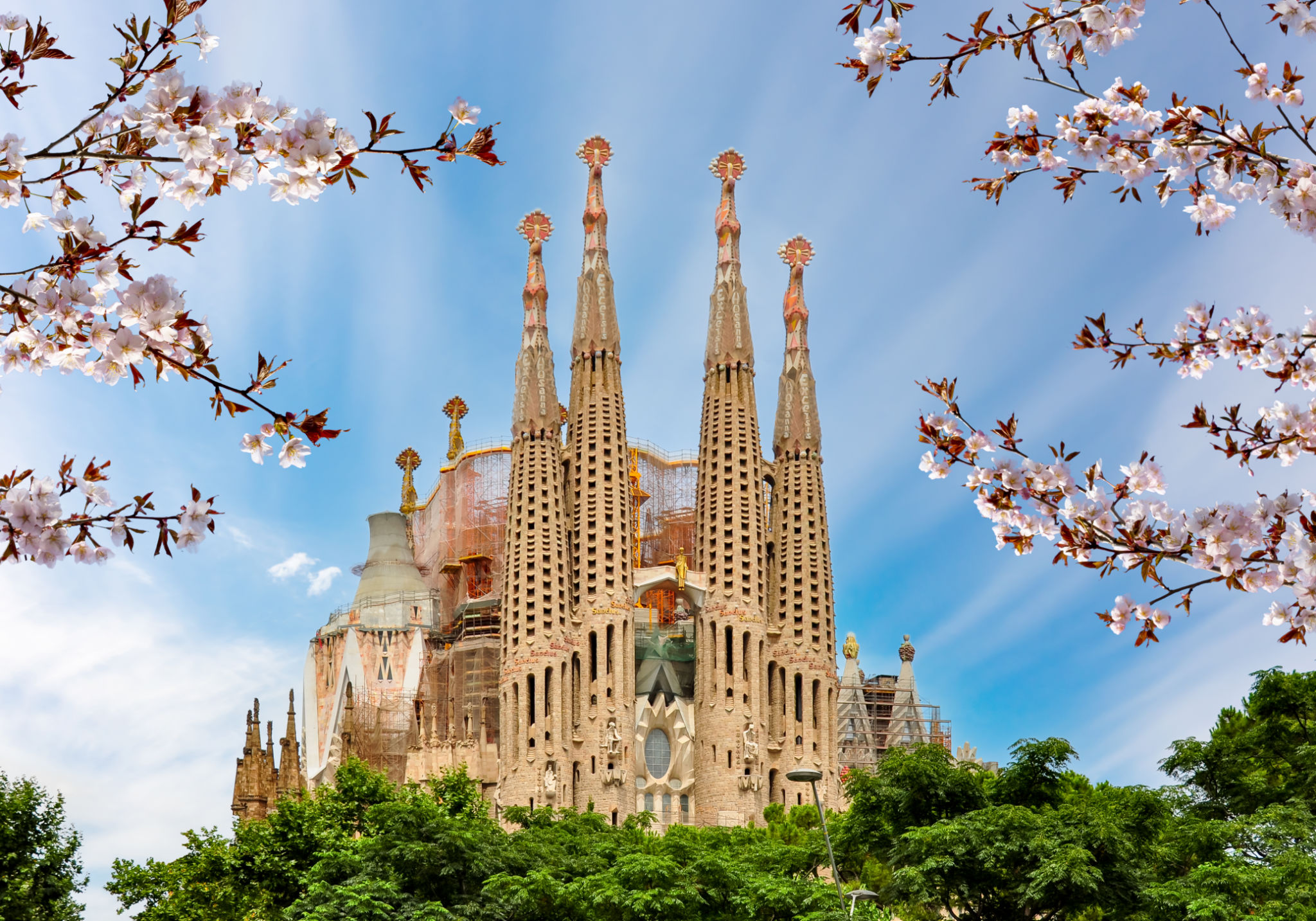Exploring the Legacy of Famous Spanish Artists Specializing in Mosaics
The Rich History of Spanish Mosaics
Spain's artistic heritage is renowned worldwide, and one of the most captivating forms of art that has thrived in this country is mosaic creation. These intricate and colorful artworks have been a part of Spanish culture for centuries, with several famous artists contributing to their evolution. The beauty and complexity of mosaics make them a unique art form, blending creativity with meticulous craftsmanship.
Mosaics in Spain date back to the Roman times, when they were used to adorn villas and public buildings. Over the centuries, this art form has evolved and flourished, influenced by various cultures that have passed through Spain. Today, the legacy of Spanish mosaics is celebrated in various regions, each showcasing its distinctive style and historical significance.

Antoni Gaudí: The Master of Modernist Mosaics
One cannot discuss Spanish mosaics without mentioning Antoni Gaudí, whose innovative approach to architecture and design left a lasting impact. Gaudí's work is characterized by his use of vibrant tiles to create extraordinary mosaic patterns that adorn many of his buildings in Barcelona.
Gaudí's most famous mosaic work can be seen at Park Güell, a public park system that features stunning mosaic benches, sculptures, and structures. His technique, known as trencadís, involves using broken tile pieces to form intricate designs. This method not only reflects Gaudí's imaginative vision but also his ability to repurpose materials creatively.

Lluís Domènech i Montaner: A Pioneer of Catalan Modernism
Another influential figure in Spanish mosaic art is Lluís Domènech i Montaner, whose contributions to Catalan Modernism are well-recognized. Domènech i Montaner was an architect who incorporated mosaics into his building designs, creating visually stunning facades and interiors.
His masterpiece, the Palau de la Música Catalana in Barcelona, is a UNESCO World Heritage Site and a testament to his skillful use of mosaic art. The concert hall's interior is adorned with vibrant mosaics that depict scenes from Catalan folklore and nature, offering visitors an immersive visual experience.

The Influence of Andalusian Mosaic Art
The southern region of Andalusia has a rich history of mosaic art, heavily influenced by its Moorish past. The Alhambra in Granada is a prime example of this, where intricate Islamic geometric patterns and vibrant colors create mesmerizing mosaic displays.
Andalusian mosaics often feature elaborate arabesques and calligraphy, showcasing the artistic sophistication of the Islamic period. These mosaics not only served decorative purposes but also reflected the cultural and religious influences of the time.

Contemporary Artists Keeping the Tradition Alive
Today, many contemporary Spanish artists continue to explore and innovate within the field of mosaics, ensuring that this art form remains relevant. Artists like Santiago Calatrava and Eduardo Chillida have incorporated mosaic elements into their modern sculptures and architectural projects.
The continued interest in mosaics is also evident in public spaces and urban art projects across Spain. These modern interpretations of mosaic art often blend traditional techniques with contemporary design, attracting new audiences and preserving the legacy of this ancient craft.

Conclusion: A Lasting Legacy
The legacy of Spanish artists specializing in mosaics is a testament to the enduring appeal of this art form. From ancient Roman tiles to modernist masterpieces, mosaics have played a significant role in Spain's cultural landscape. The vibrant colors, intricate patterns, and rich history behind these artworks continue to captivate and inspire artists and art lovers alike.
As a bridge between past and present, Spanish mosaics exemplify the beauty of artistic evolution and cultural exchange. Through the works of renowned artists and the ongoing efforts of contemporary creators, the legacy of Spanish mosaics will undoubtedly continue to flourish for generations to come.
